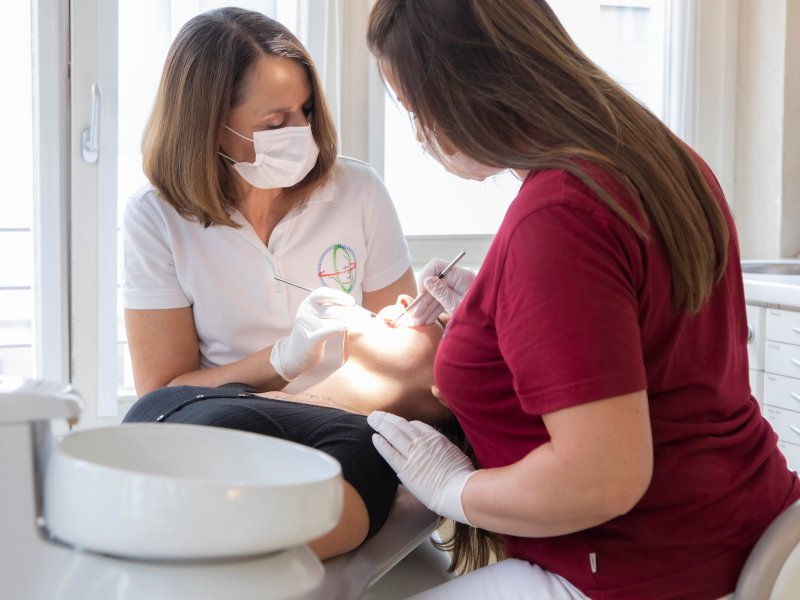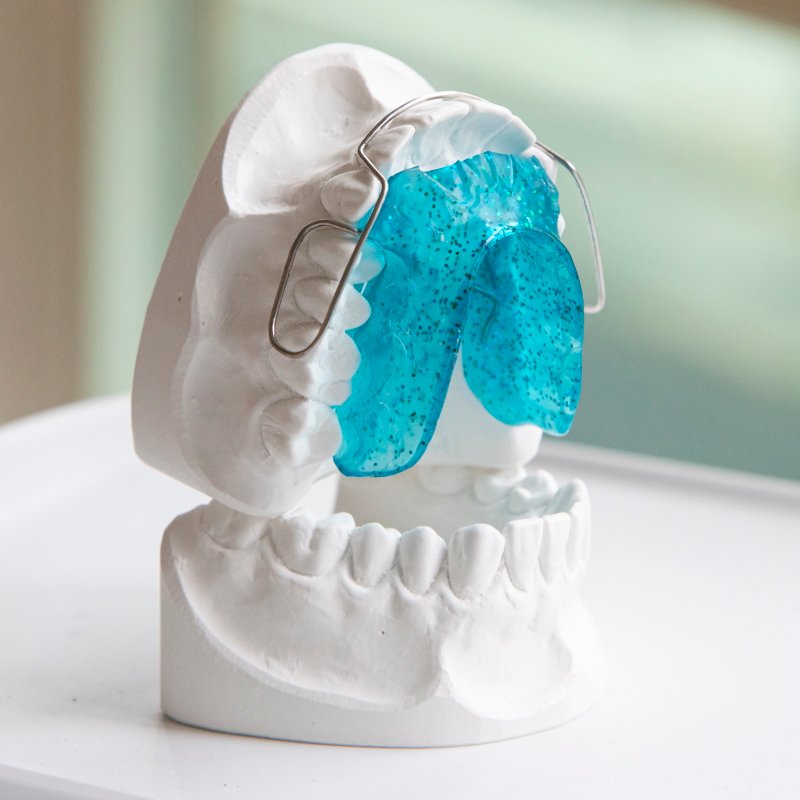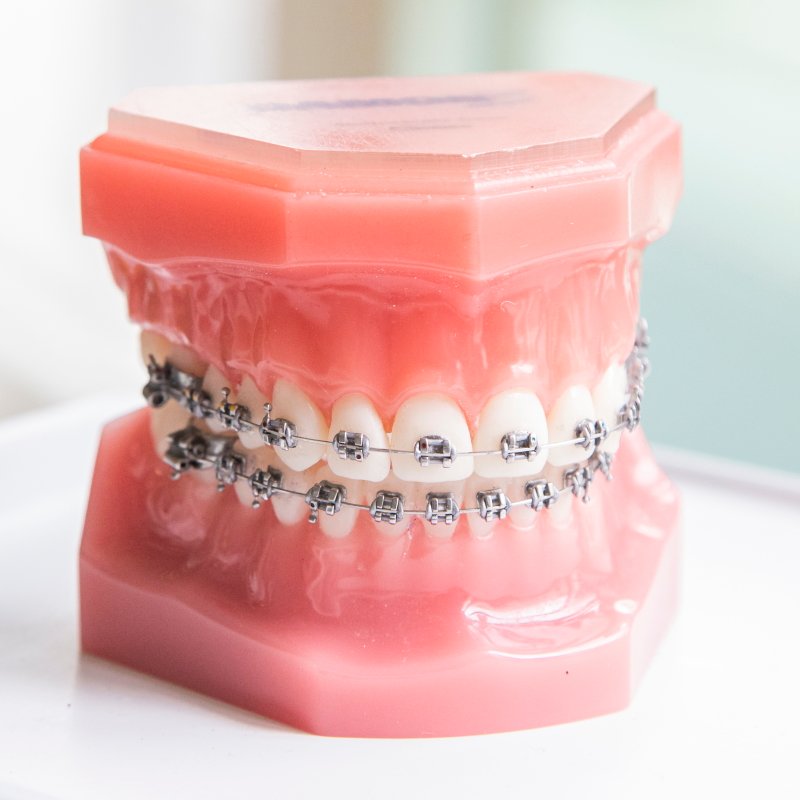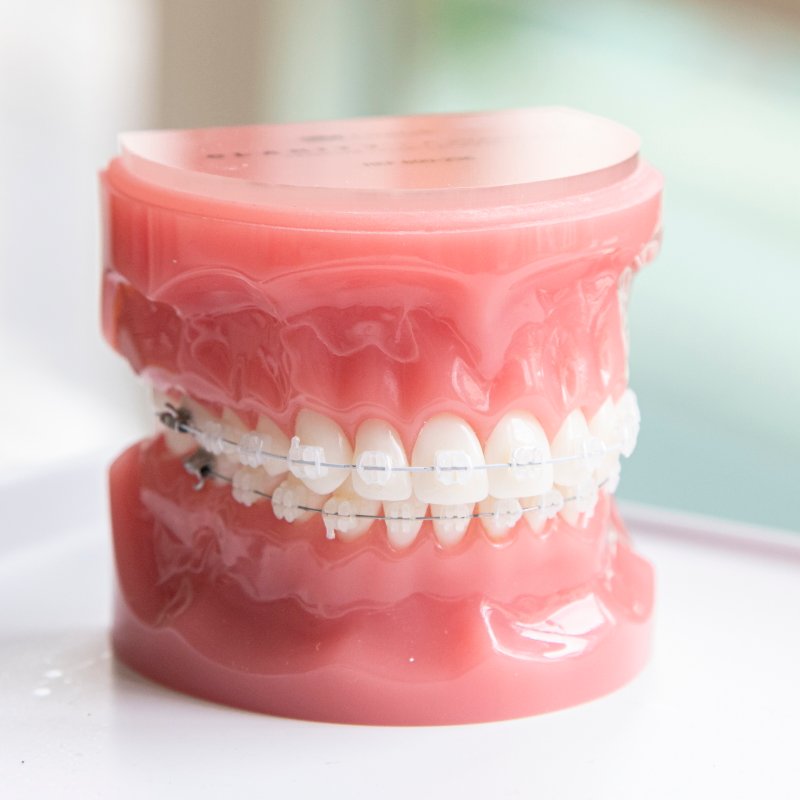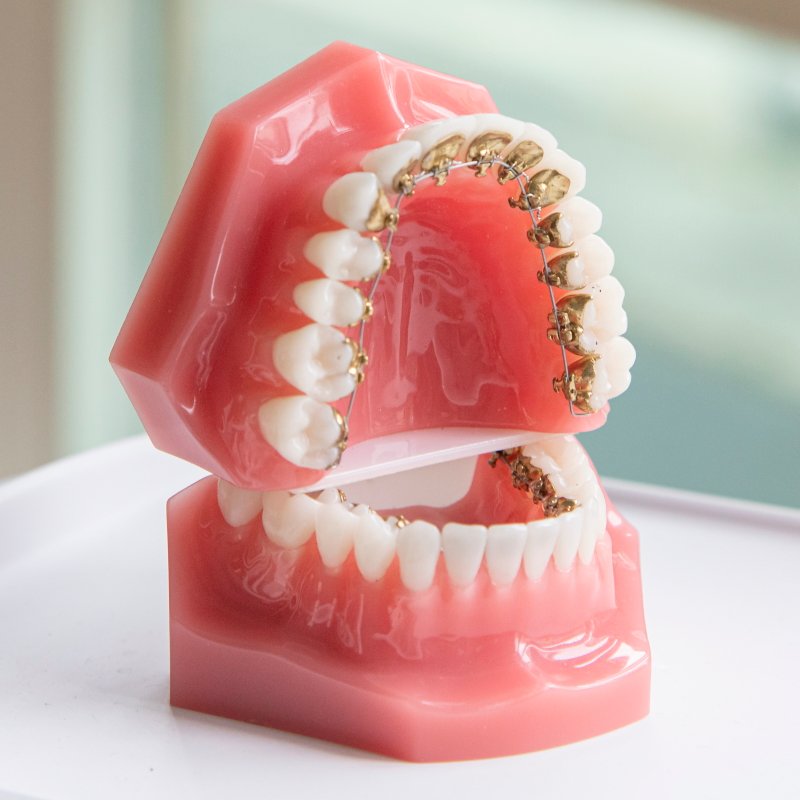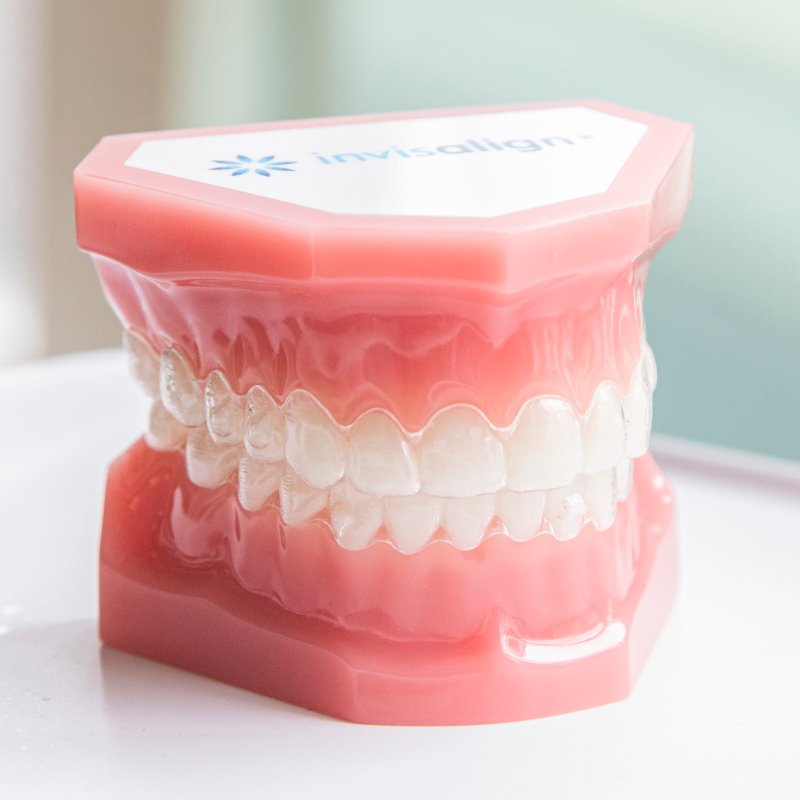While the body is still growing, braces work better and even faster
Orthodontics is prophylaxis - Straightening teeth and jaws doesn't just improve appearance. It is a long-term investment in health and can help prevent dental problems and tooth replacement.
For teenagers, treatment usually begins in the second mixed dentition phase (ages 9-12) and can continue until the completion of puberty.
This period is characterized by the change of teeth and increased growth of the facial skull, which makes it possible to correct jaw misalignments and misaligned teeth particularly effectively.

